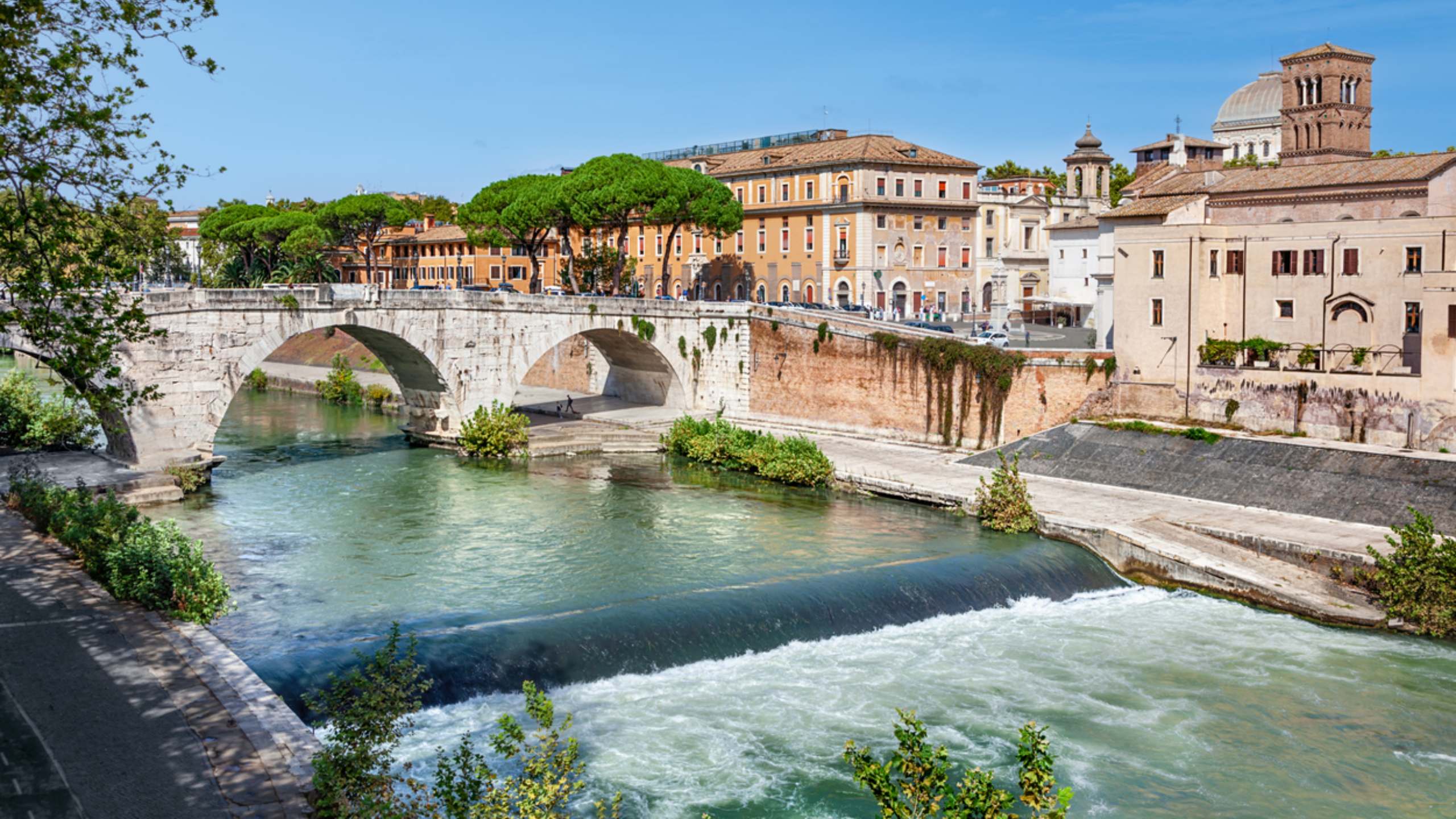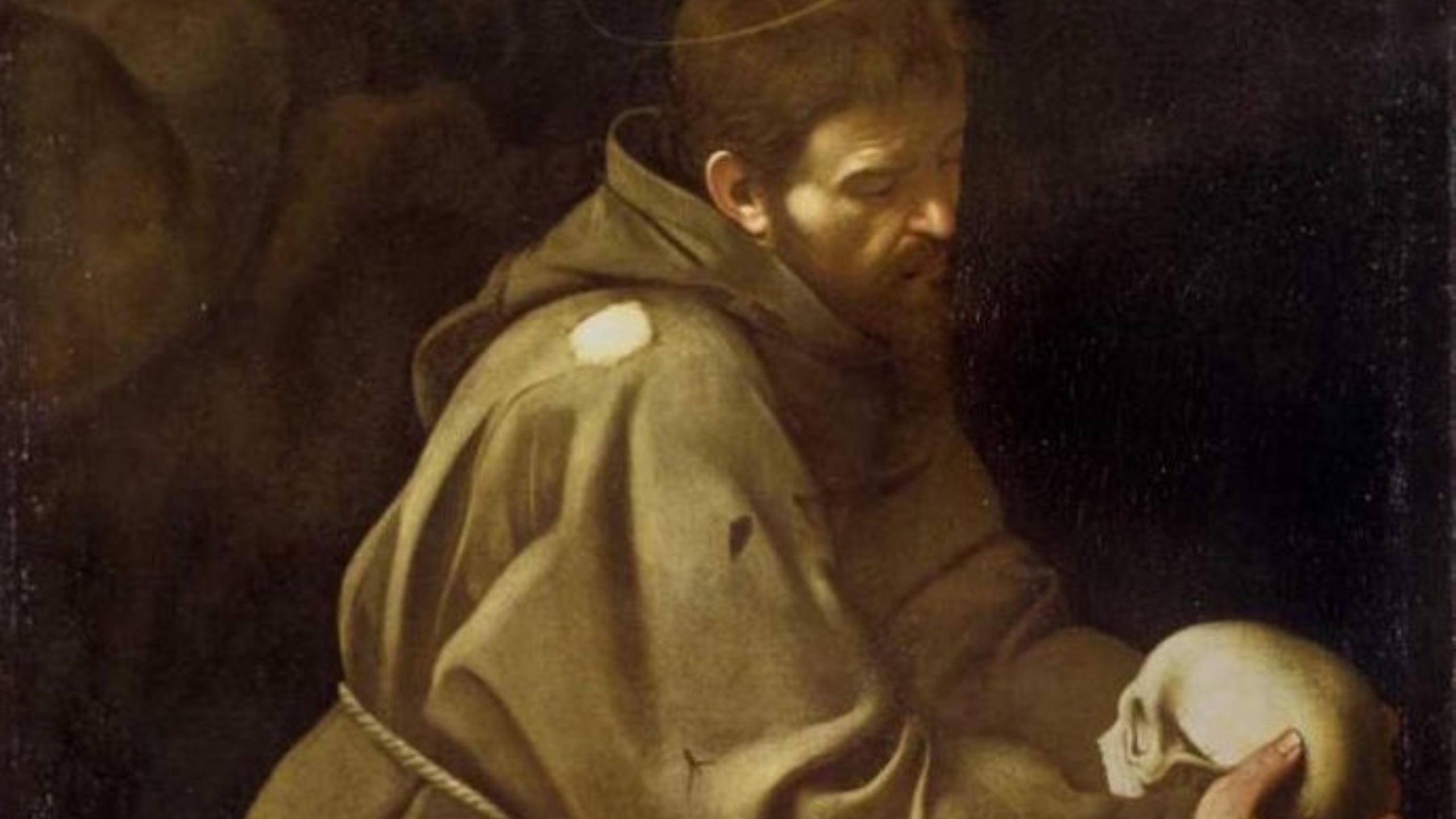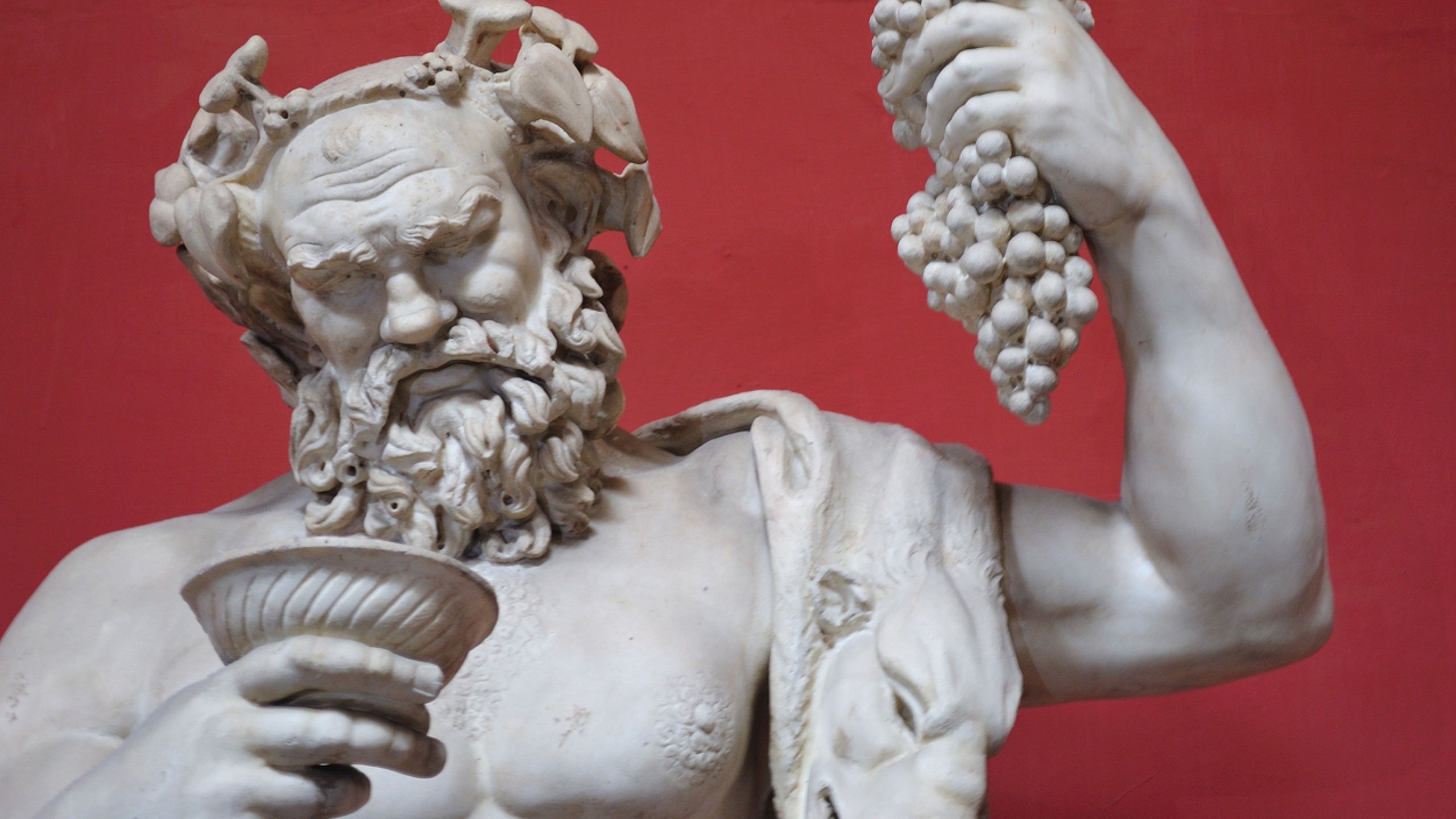
RESERVA AHORA
MEJOR TARIFA GARANTIZADA
The three fountains: an unprecedented look
At Eitch Borromini the rooms have names. Related to their position or respective (spectacular) views from above, the Pamphilj family who made Navona Square monumental and, of course, the two rival geniuses - Borromini e Bernini - protagonists of a work unique in the world. Of which we are now going to discover the Three Fountains, that since centuries have made Navona a magical place and that only our guests can admire from a privileged perspective: from the windows of some of the rooms, from the Restaurant of our Art Gallery - Borromini Terrace - and from the “Great Beauty”, as our rooftop has been named.
The Moor Fountain
Designed by Bernini, the fountain was built by another architect and sculptor: Giacomo Della Porta, learner of Michelangelo. Who after the Master’s death would have completed Saint Peter’s dome, improving it thanks to the model of Brunelleschi for the Duomo in Florence.
The first drawing from 1574 features four tritons, already made but not used for People’s Square and that today can be seen in the fountain of the Villa Borghese lake. In 1651 the Pope Innocenzo X asks Bernini to change the project but rejects his proposal, of a large shell with three dolphins, moving it to a villa on the Janiculum. Thus, a third version is approved - with a small problem: according to legend, for the Moor’s face Bernini would have been inspired by the nearby talking statue of Pasquino. Meaning the critical voice of the Roman people towards the actions of the Church. Quite an “annoyance”, that fortunately wont’ stop the career of this great architect and sculptor.
The Neptune Fountain
Despite being the first in the Square to be commissioned, despite the work of Della Porta and despite the subsequent intervention of Bernini, this fountain will have to wait three centuries to be completed: the Moor Fountain - located right in front of the windows of Pamphilj Mansion, the family residence - and the central Fountain of the Four Rivers benefit from much more attention.
The initial idea is to build a drinking trough, for which Della Porta chooses the same ancient pink marble used for the Saint Door jambs of Saint Peter. Then, the drinking trough is replaced by a larger basin, for which Bernini draws inspiration from the Moor Fountain. The intention of both is stylistic symmetry - two “twin” fountains on the sides of the Square - but this harmony will find its fulfillment only in 1873. Thanks to the Neptune fighting the octopus (made by Antonio Della Bitta) and thanks to the Nereids, puttos, sea horses and dolphins created by Gregorio Zappalà.
The Fountain of the Four Rivers
Started in 1648 and concluded three years later under the direction of Bernini, the fountain requires a lot of money. And since Pope Innocenzo X, member of Pamphilj family, for this purpose introduces a tax on bread while reducing its standard weight, to increase is the Roman people hatred towards Donna Olimpia – already not much loved sister-in-law of the Pontiff and who is financing the work.
In order to add the sixteen meter obelisk, Bernini uses an innovation proven with the Triton Fountain in Barberini Square: placing the central object on a hollow structure, supported only by the edges of the surrounding matter. Because the great sculptor and painter is also a brilliant architect, ready to challenge the canons of the ages.
Lastly, the white marble giants representing the Rivers on the four Continents known at the time. The Danube indicates the emblem of Pamphilj, thus the family who in that moment expresses a Pope and making Navona Square a work of art. The Nile has the face covered because of its source, remained unknown until the end of the 19th century. The Ganges holds a long oar, suggesting its navigability. While the River Plate, having an overflowing bag of coins, seems to fear the fall of the opposite Borrominian Church: an urban legend of a legendary rivalry, already told on these pages.
The rooms, the Borromini Terrace and the ‘Great Beauty’ of Eitch Borromini are waiting just for you. For a unique experience from a unique perspective.






